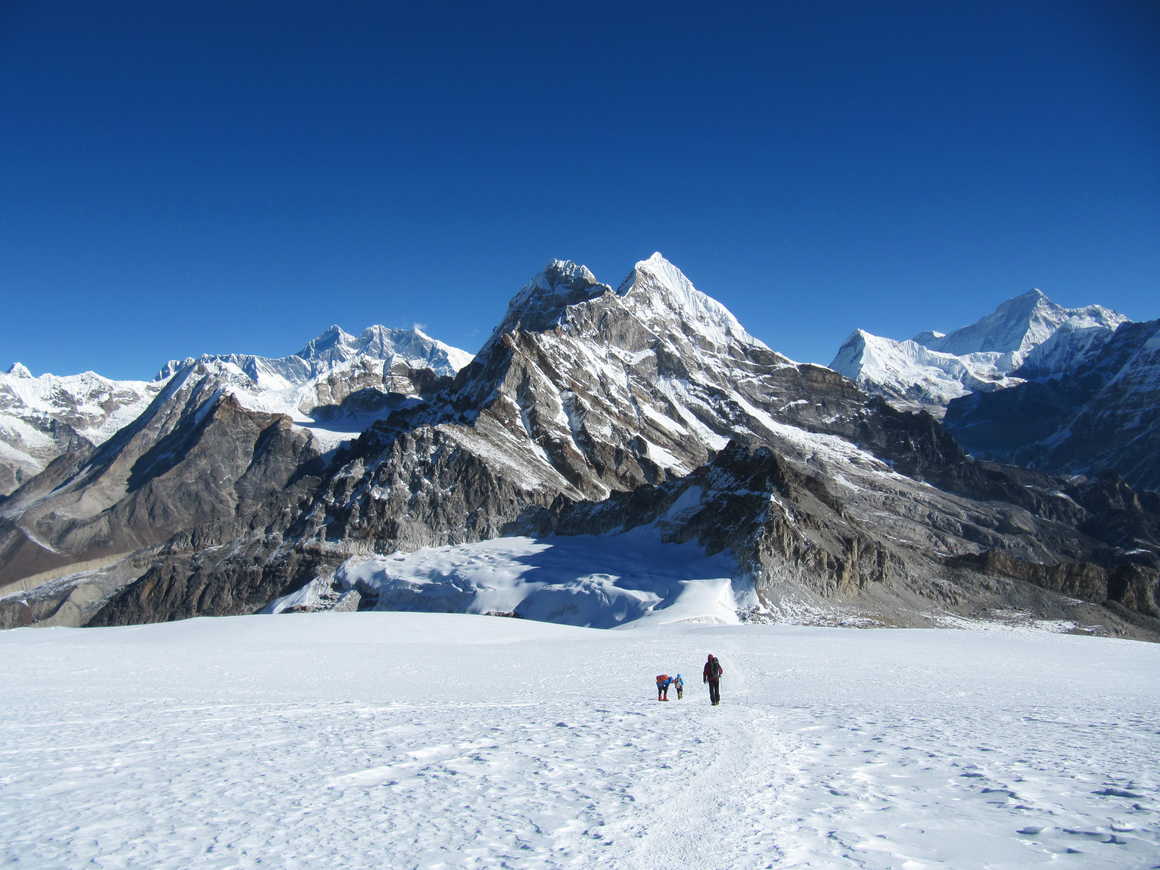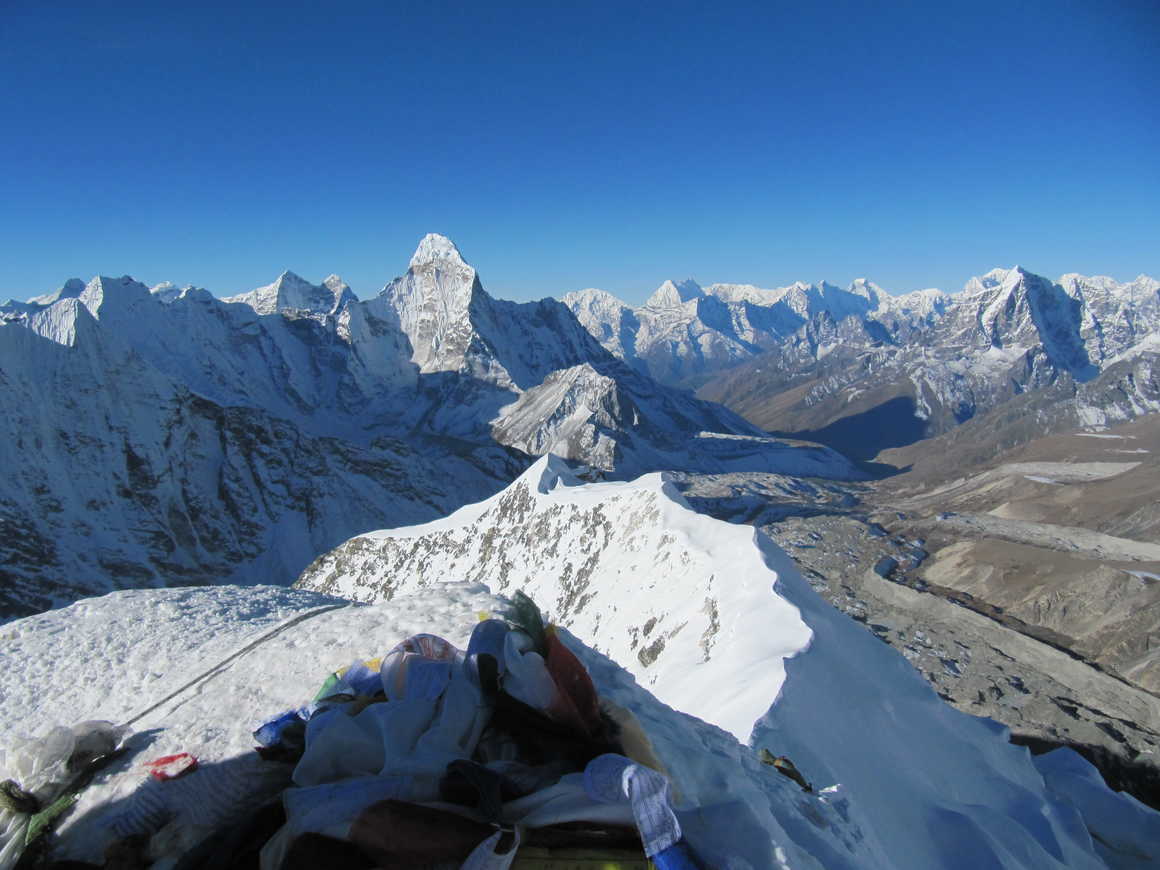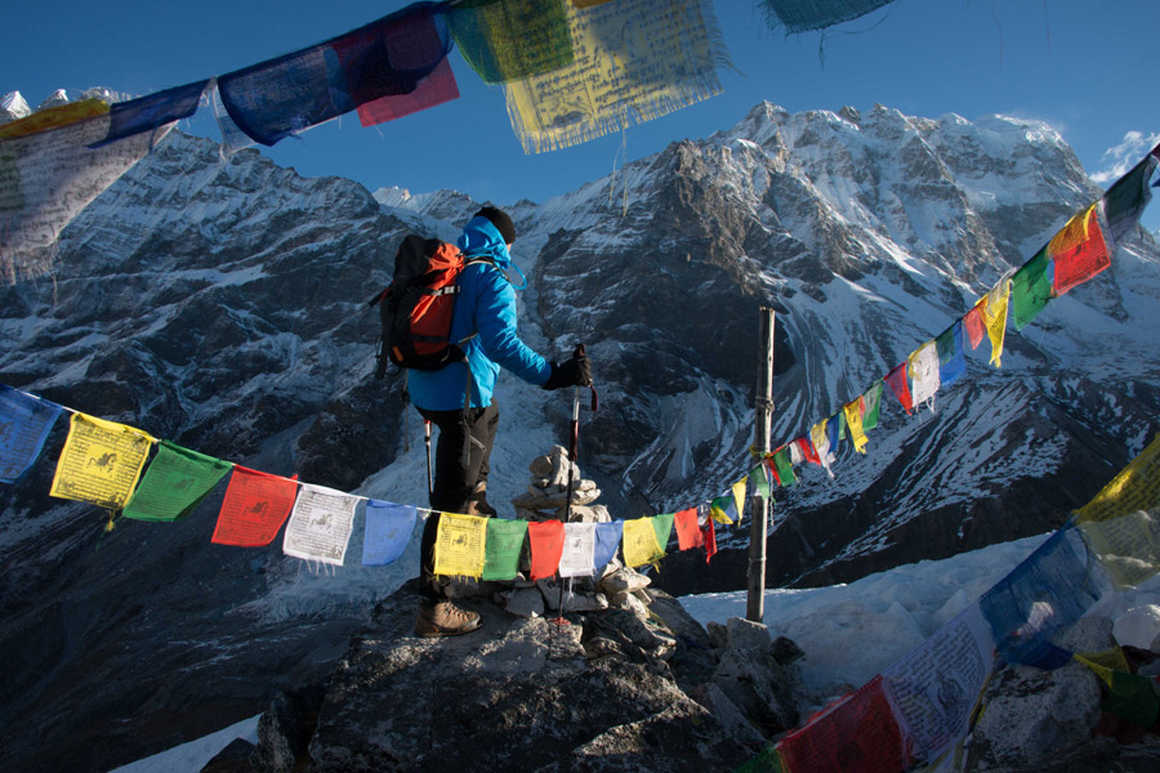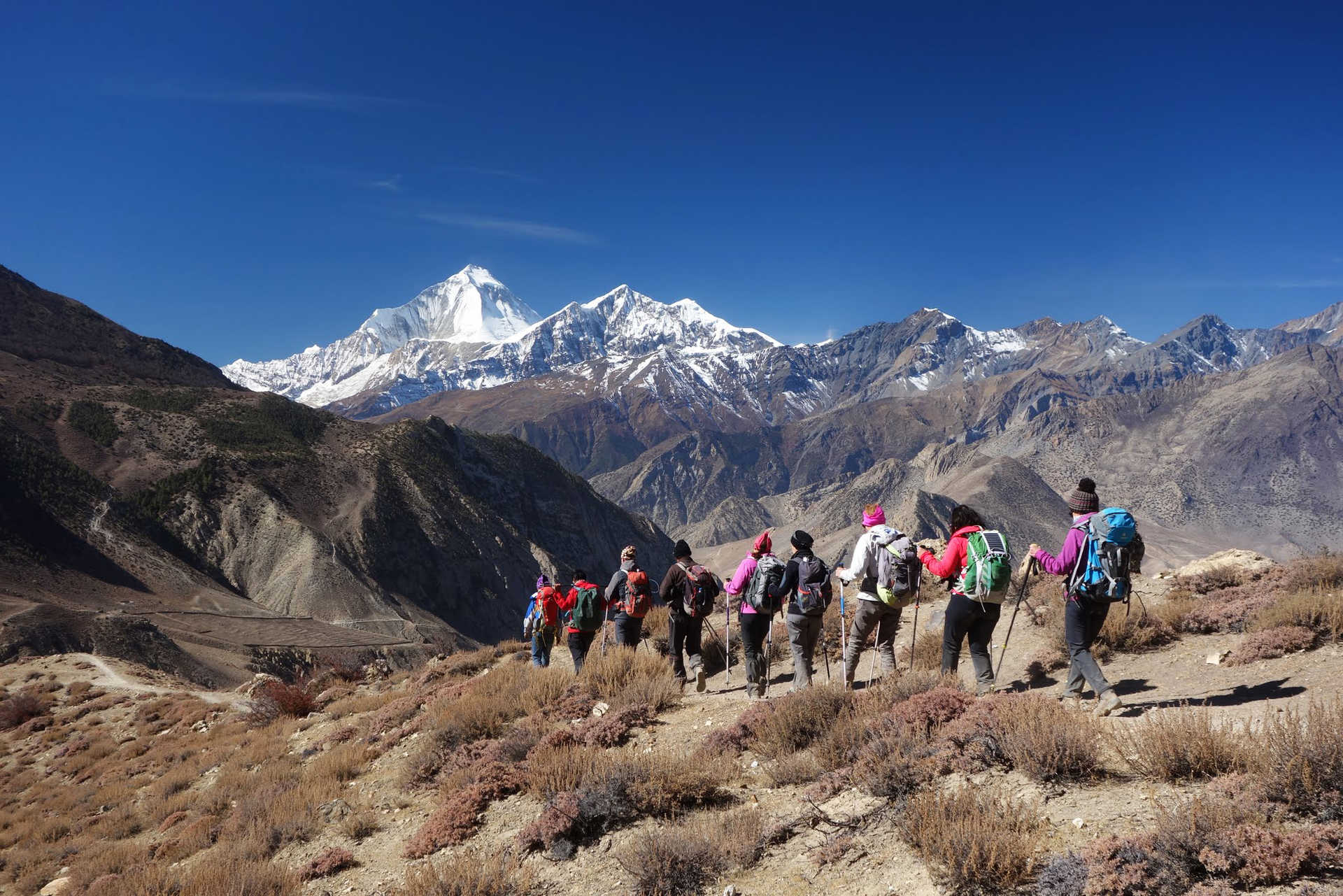Trekking Summits in Nepal
Nepal is famous for being the home of Mount Everest. It is a
country synonymous with some of the highest peaks on earth, the endless
Himalayas, indefatigable Sherpas, stunning scenery and rich culture. This
awe-inspiring place has drawn thousands of travellers wanting to experience the
magic of the mountains and push themselves to their physical and mental limits.
The Himalayas are home to eight of the worlds fourteen peaks
over 8000m meters, as well as 3,410 other named peaks. It’s no wonder this
astonishing place attracts hikers, trekkers, mountaineers, climbers and
explorers from all over the world, and has done for decades.
Not everyone coming to Nepal is looking to climb Mount
Everest however. 6,068 people have summited the highest mountain on the planet,
some have summited more than once, but the Himalaya are home to peaks, passes,
and routes for all abilities, experience and fitness level.
The Nepal Mountaineering Association (NMA) classify 27 peaks
in Nepal as ‘trekking
peaks’. These peaks are generally between 5800m – 6476m above sea level and
are suited to those with trekking experience but not necessarily mountaineering
experience.
Let’s take a look at our top 10 trekking peaks in Nepal and
why you should consider these alternatives to Everest as unique trekking
experiences in their own right.

1. Mera Peak – 6,476m
Climbing Mera Peak gives you the
opportunity to climb an enormous Himalayan mountain and at 6,674m high, Mera
Peak is one of the highest trekking peaks in Nepal. The views of Everest from
the top are unbeatable and the quiet approach to Mera through the Arun Valley
is both beautiful and tranquil. Whilst no technical climbing skills are needed,
trekking experience will be beneficial as well as previous exposure to
altitude.
2. Pharchamo – 6,187m
Part of the lesser visited Rolwaling range which connects to
the Everest range, Pharchamo peak is quieter than the busier Mera and Island
treks. This snowy peak has an attractive ridgeline overlooking the Tashi Lapcha
pass and whilst it is relatively straightforward to climb, the ice and snow
covering mean that much of the trek will require climbing equipment such as
crampons and ropes. The top rewards those who conquer her views across the mountain
tops towards Cho Oyo, Khumbu and Everest.
3. Island Peak (Imjatse) – 6,173m
Island Peak is a popular Himalayan mountain in
the Everest range that can be combined with the classic Everest Base Camp trek
or climbed as a standalone mission. Although the climb is physically demanding,
no technical skills are necessary, and this climb can be achieved by anyone
with a good level of fitness and a can-do attitude. The view from the top is
nothing short of breath-taking and you can see not only Everest, but the
Lohtse, Ama Dablam and Mera peaks also.

4. Pisang Peak – 6,091m
Pisang Peak is one of the more remote trekking peaks,
located above the village of Pisang on the Annapurna Circuit in the Manang
District. The trek follows secluded forest trails and offers views of the
stunning surrounding mountains in the Annapurna range, before climbing through
the Thorong La Pass, one of the highest passes in the Himalaya. There are some
technical climbing sections towards the summit of Pisang but those with mountaineer
guides and some climbing experience will enjoy the panoramic views from the
top.
5. Chulu Far East – 6,060m
Chulu is also in the Annapurna range and not far from
Pisang. Chulu Far East is a less technical climb that its neighbour Chulu West,
making is more suited to those who don’t have climbing experience. Views from
the top take in Manaslu over the hidden Mustang Valley. This peak has been
described as the perfect
practice peak for those looking to further their mountaineering skills as
it is mostly a ‘walk up’ peak, although crampons, ice axe and rope may be
needed to traverse the snowy terrain.
6. Dhampus – 6,012m
Situated in the Dhaulagiri range, close to the Poon Hill
Trek and Pokhara, and one of the closest peaks to Kathmandu, Dhampus is an
increasingly popular trekking peak to climb. With incredible views from the top
over both the Dhaulagiri and Annapurna ranges, this relatively easy peak offers
a glimpse into local culture during the trek. This is another relatively quiet
peak and a great one for less experienced trekkers who want to experience the
beauty of the Himalaya.

7. Paldor – 5,928m
Situated in the southeast of the Ganesh Himal range, Paldor
might be smaller than some of its peers, but it is a slightly more technical
mountain to summit. The Langtang Khola valley was badly affected by the 2015
earthquake here and remains quiet as the Tamang people rebuild their
communities. This beautiful trek rewards those who summit with views across the
valley to Manaslu and Shishapangma.
8. Pokalde (Dolma Ri) – 5,806m
This mountain lies in the Khumba Valley, which leads on up
to Everest Base Camp. Out of the trekking peaks of Nepal this is one of the
easiest and least technical, with only a few short scrambles from the base camp
to the summit. For this reason, it is popular as a warm up peak, or for those
with less trekking experience. The draw for many to climb Pokalde are the
stunning views from the summit to opposite peak Lobuche, Makalu and Ama Dablam.
9. Yala Peak – 5,500m
Climbing the relatively easy peak of Yala takes you through
the picturesque Langtang National Park, close to the border with Tibet. The
valley is dotted with Yak and offers incredible vantage points of Shishapangma
and Gangchempo. This is another straightforward trekking peak to climb.
Depending on the season, technical gear such as crampons, ice axe, helmets and
harnesses may be needed for snowy and icy conditions.
10. Tent Peak (Tharpu Chuli) – 5,663m
Tent Peak sits above Annapurna Base Camp in the Annapurna
Sanctuary, and climbing her offers stunning views of Annapurna I. Tent Peak is
named as such due to the shape of its peak, which looks like a flat sided tent.
This mountain is not as technical as Mera or Island Peak and is an excellent
introduction to mountaineering for amateur climbers. Due to the panoramic views
offered at the summit, Tent Peak is one of the more popular trekking peaks in
Nepal.

Be aware that recent changes to solo travel in Nepal have been announced. Check out our blog for more information.










